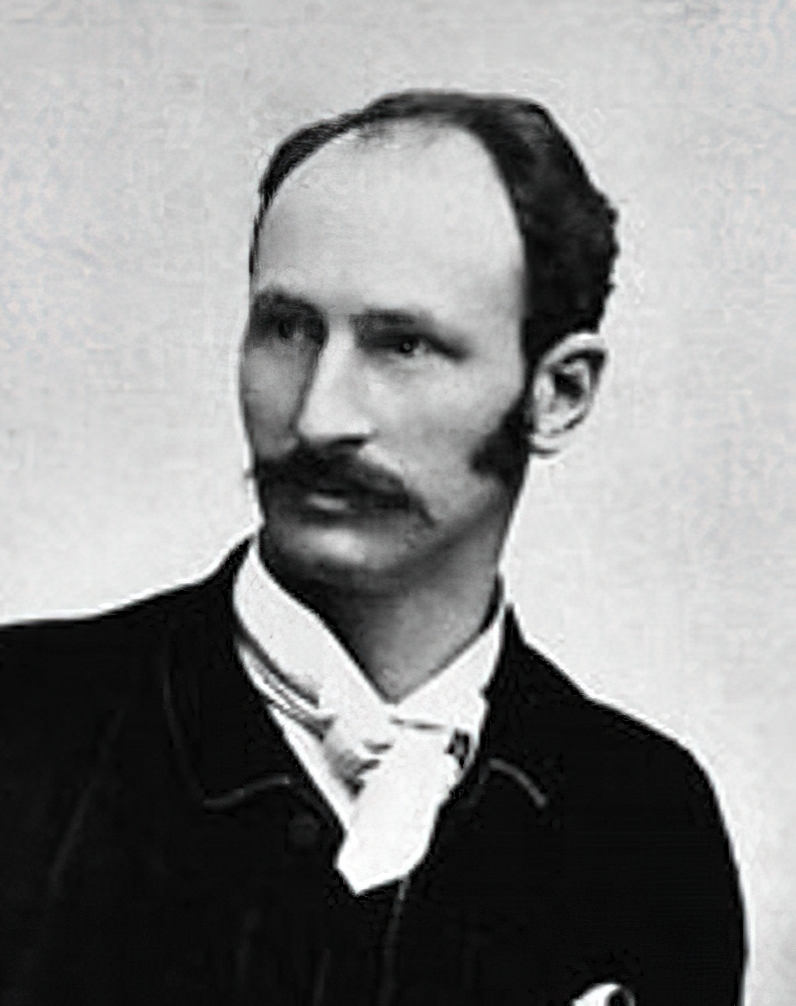

Edward Theodore Compton
GB
165
Artworks
1849 - 1921
Lifespan
Artist Biography
Edward Theodore Compton (29 July 1849 – 22 March 1921), often referred to as E. T. Compton, was a distinguished English-born artist, illustrator, and accomplished mountaineer who spent much of his career in Germany. He is renowned for his breathtaking and topographically accurate paintings and drawings of Alpine scenery, a passion fueled by his equally profound love for climbing. His unique dual identity as both a seasoned alpinist, credited with over 300 major ascents including 27 first ascents, and a dedicated artist allowed him to capture the sublime majesty and daunting atmosphere of the world's high peaks with unparalleled authenticity. Compton's legacy endures as one of the foremost figures in Alpine art, his works celebrated for vividly transporting viewers into the heart of the mountains he so intimately knew and revered.
Born in Stoke Newington, London, Compton was the son of Theodore Compton, an art-loving insurance agent. He grew up in a devout Quaker household and received his early education at Sidcot School. While he attended various art schools, including a brief period at the Royal Academy in London, he was largely self-taught. A pivotal moment in his youth was the family's decision to emigrate to Germany in 1867, settling in Darmstadt. This move, prompted by the desire for affordable, high-quality education for the artistically talented Edward, immersed him in a vibrant artistic community. In Darmstadt, both Compton and his father worked as art teachers; notably, Princess Alice of Hesse was among Edward's students. However, it was a family trip to the Bernese Oberland in July 1868, and the awe-inspiring views of the Eiger, Mönch, and Jungfrau peaks, that decisively ignited his lifelong dedication to mountain painting.
Compton's professional career began to flourish after he moved to Munich in 1869, with his first major exhibition at the prestigious Glass Palace in 1871. In 1872, he married Auguste Plotz, and the couple embarked on extensive travels through the Tyrol, Carinthia, Italy, and Switzerland, further deepening his connection with mountainous landscapes. From 1874, they established their home, Villa Compton, in Feldafing on Lake Starnberg, which became his base for numerous artistic expeditions. His quest for dramatic scenery took him far beyond the Alps to Scandinavia (including the Lofoten Islands and Northern Cape), North Africa, Corsica, and Spain. He also ventured to capture the unique beauty of the High Tatras in Eastern Europe, the Scottish Highlands, the Hebrides, and even the Colombian Andes. His growing reputation led to his membership in the Royal Academy, London, in 1880. Compton also gained significant recognition as a book illustrator, particularly for the German and Austrian Alpine Association (DAV), contributing to notable titles such as Emil Zsigmondy's "In the high mountains" (1889) and H. Hess's "About Fels and Firn" (1901). His illustrations, often appearing as xylographs, graced popular journals of the time.
Parallel to his artistic endeavors, Compton was an exceptional mountaineer, a skill that profoundly informed his artwork. He was highly regarded by contemporaries like the famed climber Karl Blodig for his "brilliant mountaineering skill on ice and rock, his truly admirable perseverance, his inexhaustible patience in bearing hardships." His climbing record was remarkable, featuring approximately 300 major ascents, with no fewer than 27 being first ascents. Among his most notable achievements were the first ascent of Torre di Brenta in 1882, the first ascent of Cima Brenta by its south wall, also in 1882, the challenging Odle (Large Fermeda), and an ascent of Aiguille Blanche de Peuterey in 1905 with Karl Blodig. In a testament to his enduring vitality, he climbed the Grossglockner at the age of 70. He was an active member of the exclusive Alpine Club in London and the German and Austrian Alpine Association (DAV), and his first-hand experience in these formidable environments lent an unparalleled authenticity and visceral power to his depictions of high-altitude terrain.
Compton's artistic style evolved significantly throughout his career. Initially influenced by the English Romantic tradition, he later developed a more realistic and direct representation of nature. While maintaining rigorous topographical accuracy, his work was imbued with a profound sense of atmosphere and emotional depth. He demonstrated a remarkable ability to capture the ephemeral qualities of light and brightness, as well as the dynamic interplay of natural elements such as water, air, swirling mist, and fog. This focus on light and atmospheric effects has led some art historians to classify aspects of his work within the Impressionist movement. Compton was versatile in his choice of media, producing a vast oeuvre of oil paintings, watercolors, and ink drawings, all characterized by their meticulous detail and evocative power. Though he did not formally establish an art school, his distinctive approach and compelling subject matter influenced other artists, including Ernst Platz and Karl Arnold.
The outbreak of the First World War brought considerable challenges for Compton. Despite an invitation from the Austrian army to paint scenes from the mountain front, he was forbidden to do so by the Bavarian High Command due to his English nationality. He was also excluded from the Munich Artists' Association during this period. Edward Theodore Compton passed away in Feldafing on 22 March 1921, at the age of 72. His artistic legacy, however, was not confined to his own extensive body of work; it was also carried forward by his children. His son, Edward Harrison Compton, and his daughter, Dora Compton, both became mountain painters, following in their father's footsteps, while his other daughter, Marion, pursued flower and still life painting. Today, E. T. Compton is revered for his unique synthesis of art and adventure, his paintings remaining a powerful testament to his profound connection with the mountainous world and securing his place as a preeminent figure in the genre of Alpine art.